Have you ever wondered how those colorful, interestingly shaped seashells that touch our feet while walking by the sea, that we take out when we dive into the water, and that decorate our tables are formed? “Yes, I sometimes question this too.” If so, then we will dive into the mysterious world of these small works of art that we encounter on the seashores.
While discovering the scientific facts behind seashells and how these magnificent works of nature come into being world’s largest seashells We will also talk about its type. Yes, some are much, much bigger than you think!
From the formation of seashellsIf you are curious about everything, from their role in nature to their place in human life, then here you go.
Living things and shells: How are sea shells formed with the miraculous cooperation of nature?
seashell formation, one of nature’s most impressive works of art. So, how do these colorful and patterned shells form? In fact, this process is part of the lives of molluscs living in the sea.
Molluscs such as snails and oysters create their own protection shields. These are the shields we know. sea shells is happening. These creatures slowly build their shells using calcium carbonate. The shape, pattern and color of a shell vary depending on the species of that creature, the environment it lives in and its feeding habits. This diversity world of seashells making it incredibly rich and interesting.
What are the types of seashells? Let’s take a closer look at its features.
The world of seashells offers incredible diversity. While some shells are spiral-shaped and decorated with colorful patterns, some have a flatter and simpler structure. For example, sea snails produce spiral-shaped shells, while oysters have straight and flattened shells.
The diversity stems from the species diversity of the creatures from which the shells are formed. Each shell tells the life story of that creature, the environment in which it lived, and even even climate changes It can reflect.
How long do seashells live?
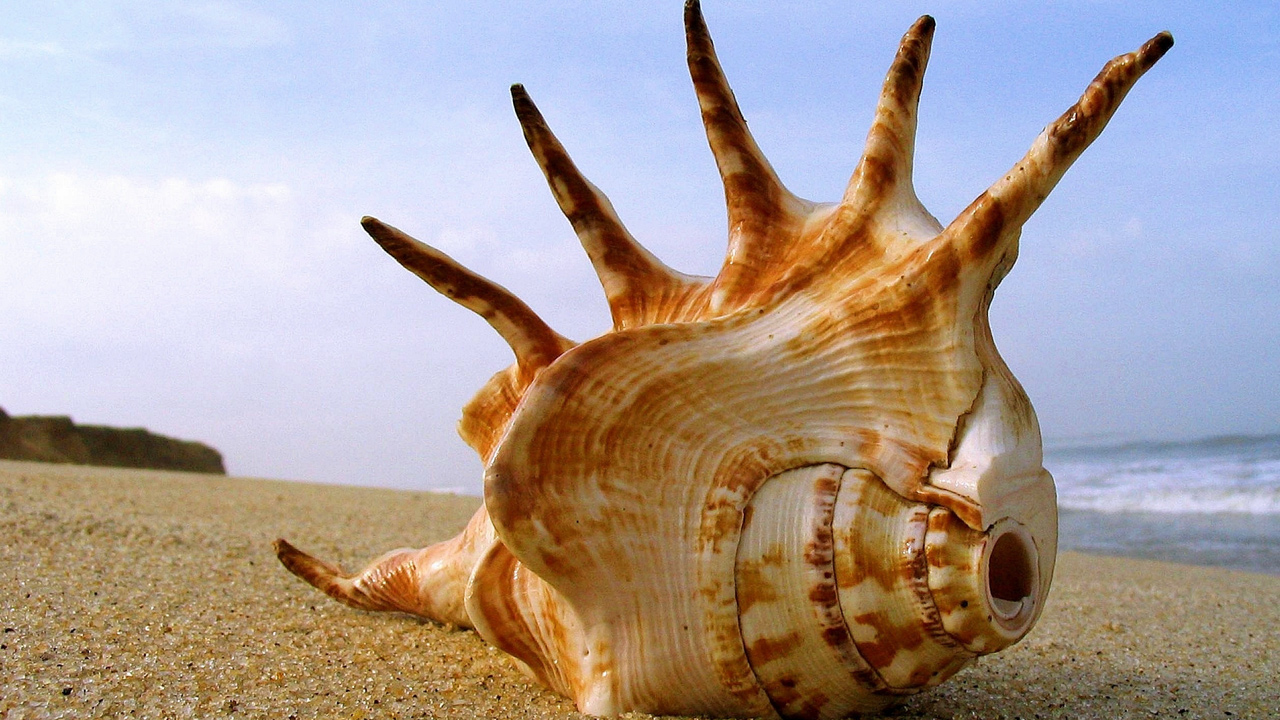
If you are wondering how long the seashell you hold in your hand lives, You can count the most prominent lines. However, there is one that you will have to count for days when you come across it.
While some survive for only a few years, oceanic quahogs in the North Atlantic can live for centuries. “The mystery of the ocean” Hafrún seashell, meaning 507 years lived, which earned it the title of “one of the longest-lived animals.”
Especially long-lasting seashells, It also provides scientists with information on many subjects. These creatures, which are repositories of information about changing oceans, contain various details, from the past temperature and acidity of sea water to when hurricanes occur and when volcanoes erupt.
How does the color of seashells change?
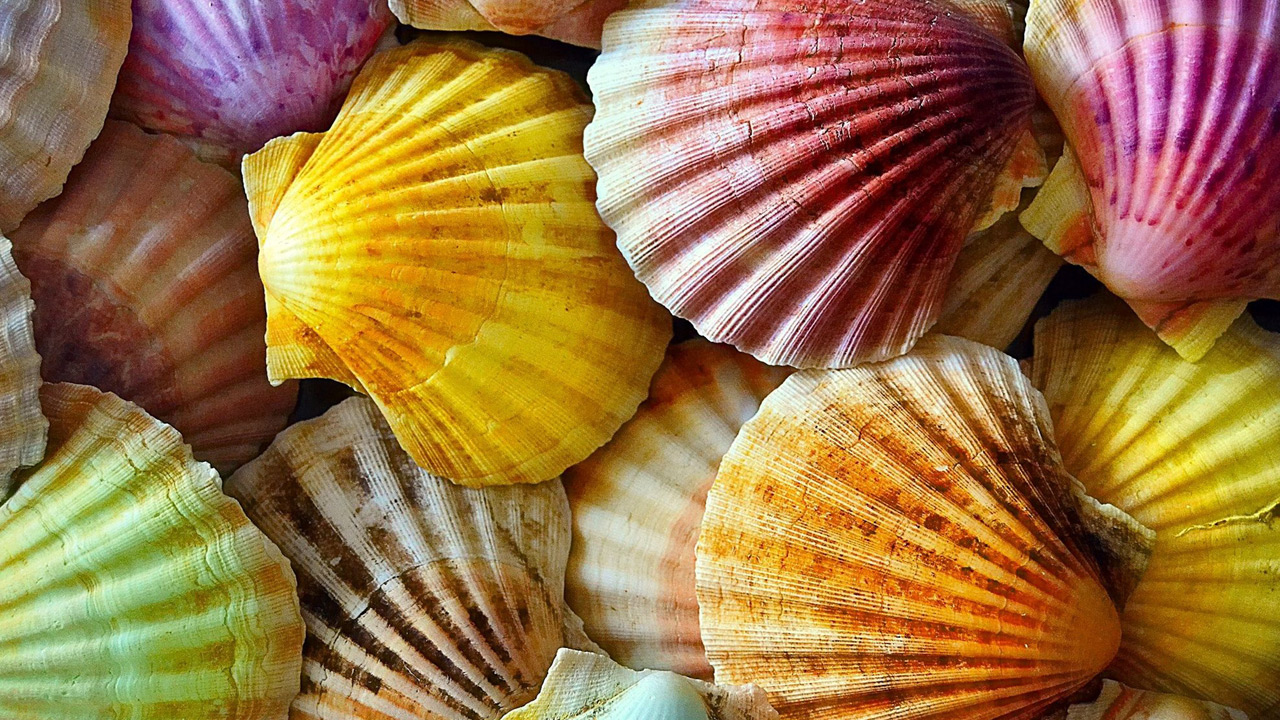
The colors and patterns on seashells are not just about natural beauty. They are also the result of a complex biological process. Colors of seashells, It generally varies depending on the food that living things eat and the environmental conditions in which they live. Colors sometimes become an important detail for functions such as providing camouflage, attracting a mate, or deterring predators.
The shells in shades of red and pink are generally caused by pigments produced by certain types of algae that the creatures feed on. While blue and green colors are rarer, they are usually reflected. special properties of light arises because of it.
The formation of patterns depends on genetic factors and changes in the life cycle of the organism. Since each pattern reflects the diversity and evolutionary history of the creature within its own species, everything you see on the beach is seashell You may think that it actually has a different story.
The mystery of these colors and patterns, in marine biology and genetics It is still an attractive subject for researchers.
World of giants: the largest seashells
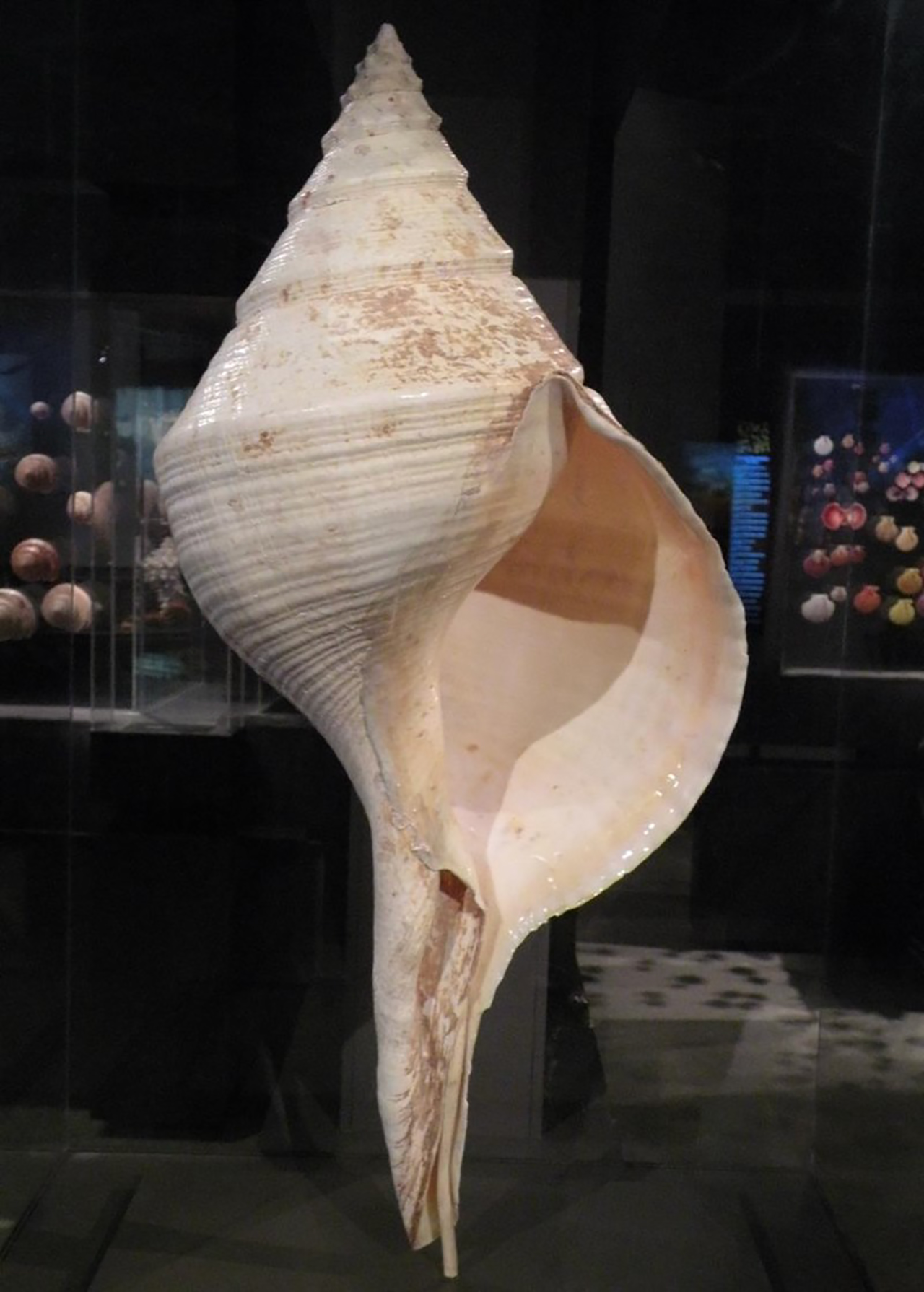
sea shells When we say this, we usually think of those that are palm-sized or smaller. But in the world’s oceans, some shells can reach truly gigantic sizes. Australian trumpets These shells, known as shells, can grow up to 72 centimeters and weigh up to 18 kg and have an impressive appearance.
“Syrinx aruanus” Trumpet, also known by its scientific name, is known for its magnificent size and long horn-like rotating shape. world’s largest seashell maintains its title. It consists of giant sea snails belonging to the gastropod mollusk family Turbinellidae. These creatures, which have been wandering in the oceans since the 1600s, are sought after by collectors all over the world.
The people who form these shells are very rare species that live in the depths of the seas. of large sea snails not anyone else.
Seashells have played various roles throughout human history
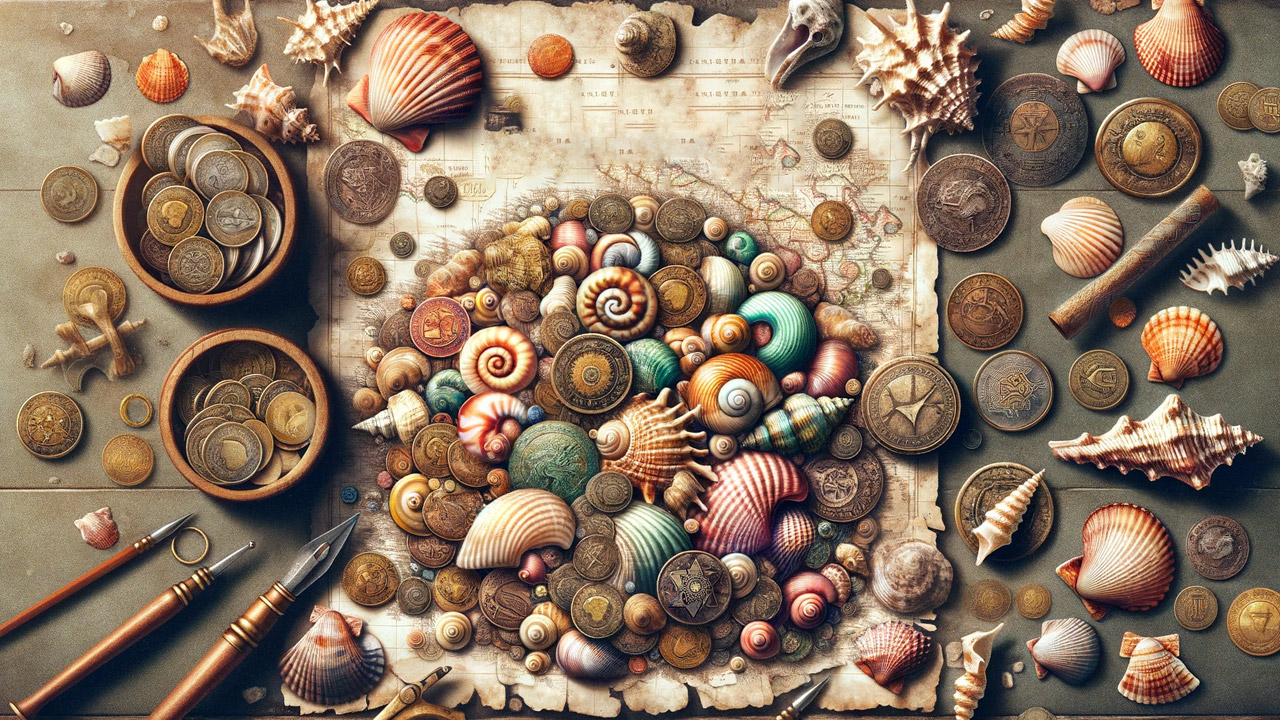
Shellfish have been a part of our lives for many years. In history, we can even see that they were used as currency in some cultures. Even for seashells most used currency in history It would be more correct to say. Nowadays, seashells have a wide range of uses, from handicrafts to decoration, from jewelry making to collections.
A shell we found while walking on the beach takes us to beautiful memories by the sea in a corner of our home. Also for artists inspiration They also have an important place.
What are seashells used for?
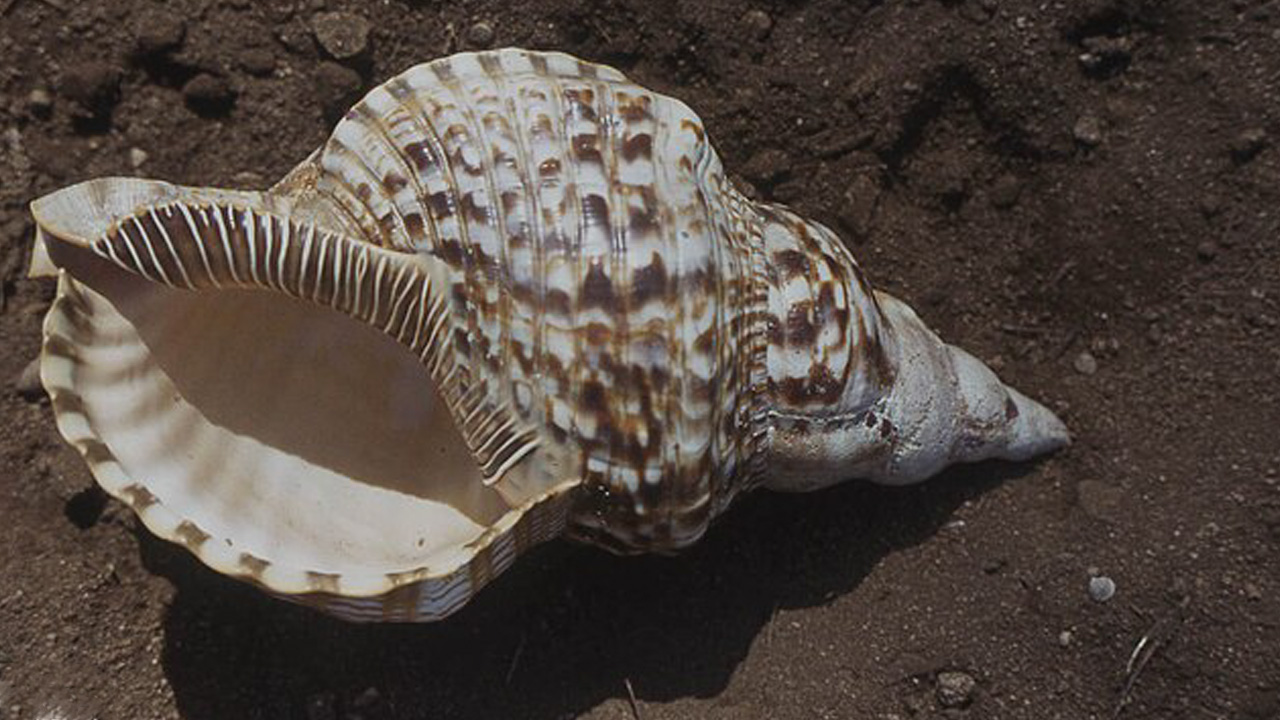
Seashells are important not only for their eye-catching beauty, but also for the vital roles they play in ecosystems. shells under the sea, It provides shelter and breeding grounds for many marine creatures.
Especially for small fish, crabs and other sea creatures natural shelter duty they see. When the shells erode over time and turn into sand, they play an important role in shaping beaches and coastlines. The process also contributes to the protection and continuity of ecosystems on seashores.
So, what are the effects of collecting seashells on the ecosystem? You will think twice while collecting it.
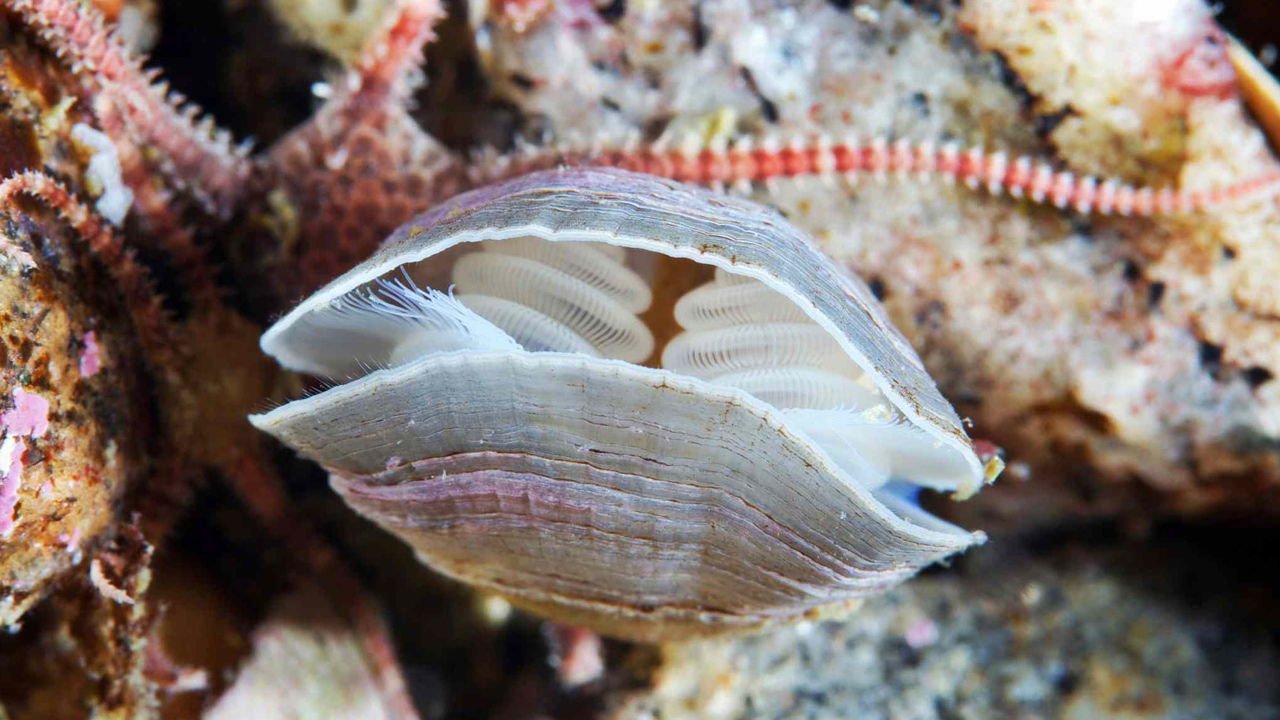
collecting seashells, has some negative effects on the ecosystem, especially in regions where this work is widely done. Removing shells from the natural environment can cause loss of shelter and habitat for some small creatures.
The process of eroding shells and turning into sand plays an important role in protecting beaches and coastal ecosystems. That’s why when I collect seashells sustainable and environmentally friendly Let’s not forget to adopt an approach.
When you find the next seashell while walking on the beach, remember that it is not just a shell, it is part of a life, a part of a story.
We still have a lot to discover about sea creatures:
RELATED NEWS
11 Strange Sea Creatures Living in Australia with a Strange Ecosystem
RELATED NEWS
Why Do Creatures Living in the Darkness of the Deep Ocean Look So Scary?
RELATED NEWS
How Did Whales Become the Largest Creature on Earth?
RELATED NEWS
How Long Would You Survive If You Were Swallowed By A Whale?
RELATED NEWS
The Most Surprising Facts You Should Know About Whale Sharks
RELATED NEWS
Why Are Sharks So Afraid of Dolphins? The answer is not as simple as you think!
RELATED NEWS
